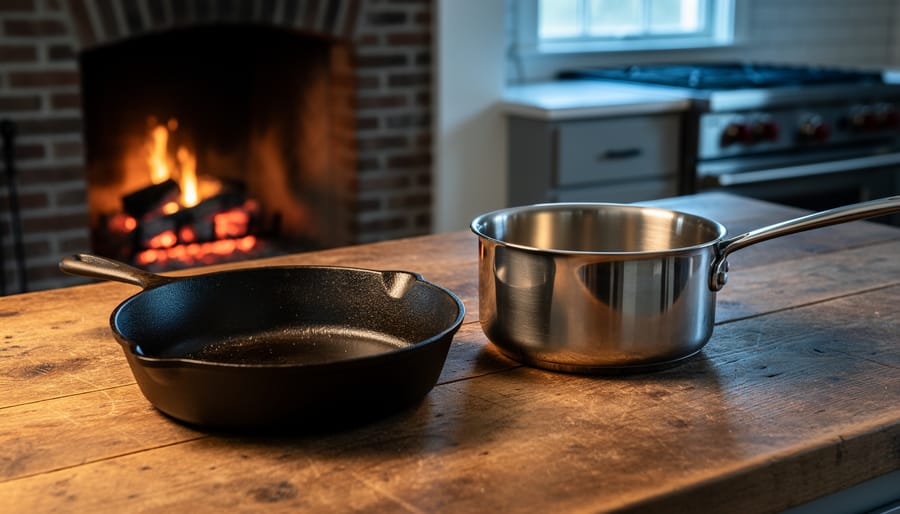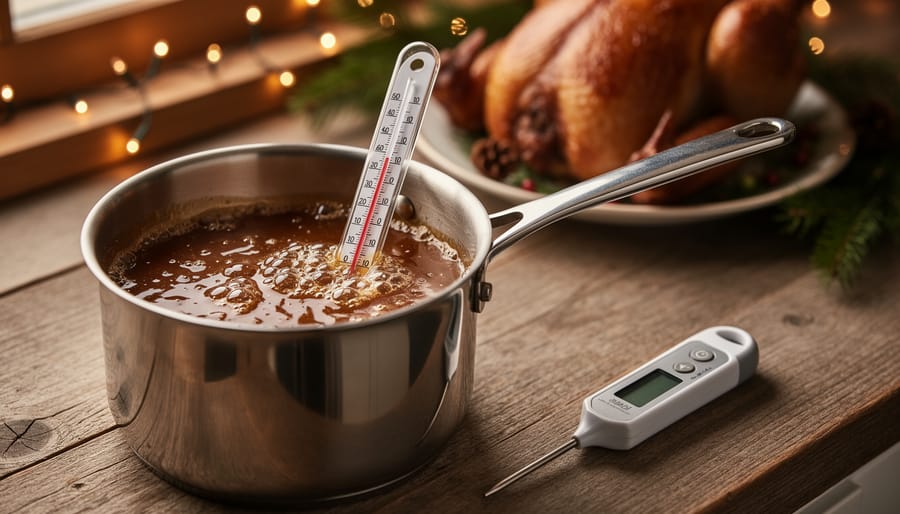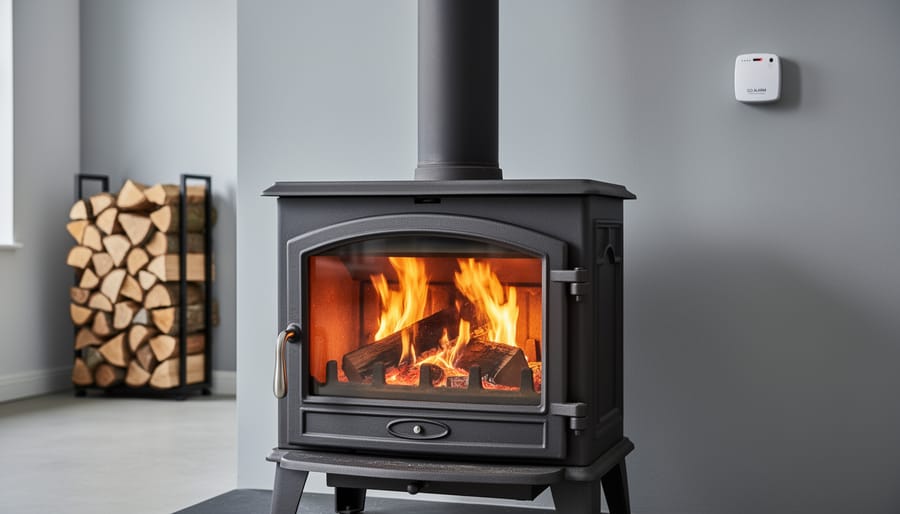A fireplace can transform your home into a cosy haven, especially during the chilly months. The flickering flames, the gentle crackling of wood, and the radiant warmth create an inviting atmosphere for family gatherings. However, if you have children, safety must be your top priority when installing a fireplace.
With careful planning and the right precautions, you can enjoy the comfort of a fireplace while ensuring your little ones are protected from potential hazards. This comprehensive guide will walk you through the steps to install a child-safe fireplace so you can enjoy the warmth without worries.
1. Choosing the Right Type of Fireplace
The first and most crucial step in installing a child-safe fireplace is selecting the right type for your home. There are several options available, each with its own set of safety features:
- Electric Fireplaces: Electric fireplaces are often the safest choice for homes with children. They don’t produce real flames, which eliminates the risk of burns. Many models also come with cool-to-the-touch surfaces and adjustable heat settings, allowing you to control the temperature and reduce the risk of overheating. Additionally, electric fireplaces typically have safety shut-off features, which automatically turn the unit off if it overheats or tips over.
- Gas Fireplaces: Gas fireplaces are a popular option because they provide the ambience of a real flame without the hassle of wood. When considering a gas fireplace, look for models with sealed glass fronts. These units are designed to keep the flames enclosed, preventing direct contact with the fire and significantly reducing the risk of burns. Additionally, modern gas fireplaces often come with childproof controls, which prevent little hands from turning on the unit accidentally.
- Wood-Burning Fireplaces: If you love the traditional charm of a wood-burning fireplace, extra safety measures are necessary. These fireplaces produce real flames and can reach high temperatures, so a secure door or screen is essential. A high-quality, heat-resistant screen will prevent sparks from escaping and keep curious fingers away from the flames. Some wood-burning fireplaces also come with built-in childproof features, such as locking doors that require adult strength to open.
When deciding on the type of fireplace to install, consider the layout of your home and where your children spend the most time. Opting for a safer fireplace type in areas where your children play or gather can give you peace of mind.
2. Installing a Fireplace Screen or Glass Door
Once you’ve selected your fireplace, the next step is to install a protective barrier to keep your children safe. This barrier can come in the form of a fireplace screen or a glass door:
- Fireplace Screens: A fireplace screen is a crucial safety feature, especially for wood-burning fireplaces. It serves as a physical barrier between the fire and your children, preventing accidental contact with the flames. When choosing a screen, opt for one that is sturdy and large enough to cover the entire opening of the fireplace. A screen with a wide base will be more stable and less likely to tip over if bumped by a child. Additionally, screens with childproof latches or locks should be considered to prevent children from moving the screen themselves.
- Glass Doors: For gas and wood-burning fireplaces, installing a glass door can add an extra layer of protection. Modern glass doors are designed to stay cool to the touch, even when the fireplace is in use. This feature helps prevent burns from accidental contact. When installing glass doors, ensure they are made of tempered glass, which is more resistant to heat and less likely to shatter. Many glass doors also come with built-in locks, adding another level of security.
In both cases, the barrier should be installed correctly and securely to ensure it provides adequate protection. If you’re not confident in your ability to install these features yourself, it’s advisable to hire a professional installer who can ensure everything is set up safely.
3. Adding a Hearth Gate for Extra Protection
For families with young children, installing a hearth gate around the fireplace can provide additional safety. Hearth gates create a safe zone that keeps children at a safe distance from the fireplace, reducing the risk of burns and injuries.
- Choosing a Hearth Gate: When selecting a hearth gate, look for one that is sturdy, easy to install, and has a reliable locking mechanism. The gate should be tall enough that your child cannot climb over it and wide enough to cover the entire hearth area. Metal gates with a heat-resistant finish are ideal, as they can withstand the heat generated by the fireplace without becoming a hazard themselves.
- Installing the Hearth Gate: Hearth gates can be mounted to the wall or freestanding, depending on your preference and the layout of your room. Wall-mounted gates are more secure and less likely to be knocked over, but they do require drilling into the wall. Freestanding gates are easier to move and adjust, but they should be weighted or secured in some way to prevent tipping. If you’re unsure about how to install the gate properly, consider hiring a professional to ensure it’s done correctly.
4. Ensuring Proper Ventilation with Carbon Monoxide and Smoke Detectors
Fireplaces, particularly gas and wood-burning models, can produce carbon monoxide (CO), a colourless, odourless gas that is dangerous if inhaled in large quantities. To protect your family, it’s essential to install carbon monoxide detectors near your fireplace. These detectors will alert you if CO levels become unsafe, giving you time to take action.
- Placement of Detectors: Install carbon monoxide detectors on every level of your home, particularly near sleeping areas and the fireplace. It’s also wise to place detectors in other rooms where your family spends a lot of time, such as the living room or playroom. In addition to CO detectors, ensure your home is equipped with smoke detectors, especially in areas near the fireplace.
- Regular Maintenance: Test your detectors regularly to ensure they are working correctly, and replace the batteries as needed. Most detectors will emit a chirping sound when the batteries are low, but it’s a good idea to schedule regular checks. Replace detectors according to the manufacturer’s recommendations, typically every 5-10 years.
5. Childproofing the Hearth Area
The hearth—the area in front of the fireplace—can pose a hazard to young children. Hard edges and corners can cause injuries if a child trips or falls, so childproofing this area is essential:
- Edge and Corner Guards: Install foam or rubber guards on the edges and corners of the hearth to soften any impact if your child falls. These guards are easy to apply and remove, making them a flexible option. They come in various colours and sizes, so you can choose one that matches your décor.
- Non-Slip Hearth Rugs: Place a non-slip hearth rug in front of the fireplace to cushion falls and prevent slipping. Ensure the rug is fire-resistant to avoid any accidents caused by stray sparks. The rug should also be large enough to cover the entire hearth area, providing maximum protection.
6. Securing Fire-Related Tools and Materials
Fireplaces often come with tools like pokers, tongs, and wood storage bins, which can be hazardous if left within reach of children. Here’s how to manage them safely:
- Tool Storage: Store fireplace tools in a locked cabinet or out of reach on a high shelf. Consider using magnetic locks or other childproof mechanisms to secure storage areas. If you prefer to keep tools near the fireplace for convenience, invest in a childproof toolset with safety features such as blunt edges and non-heat-conductive handles.
- Firewood Storage: Keep firewood in a designated area away from the fireplace to prevent children from accessing it. A closed, childproof container is ideal for keeping small hands away from potentially sharp or splintered wood. If you use kindling or fire starters, store them in a separate, locked container to prevent accidental ingestion or contact.
7. Educating Your Children About Fireplace Safety
One of the most effective ways to ensure fireplace safety is through education. Teach your children about the dangers of fire and the importance of staying away from the fireplace. Set clear rules, such as never touching the fireplace or playing near it, and reinforce these rules consistently.
- Visual Reminders: Consider setting up a visual reminder, like colourful boundary tape or a decorative barrier, around the fireplace area to remind children where they shouldn’t go. You can also use signs or symbols that your child associates with danger, such as a red “stop” sign.
- Fire Safety Drills: Regularly practice fire safety drills with your family, including what to do in case of a fire. Ensure your children know how to respond to smoke or carbon monoxide alarms and where to go if they need to evacuate the house. Involving your children in these drills will help them understand the seriousness of fire safety.
8. Regular Fireplace Maintenance and Inspections
A well-maintained fireplace is a safe fireplace. Schedule regular inspections and maintenance to ensure your fireplace is operating correctly and safely. This includes cleaning the chimney, checking for any gas leaks, and ensuring that all safety features are in place and functioning.
- Professional Inspections: Have your fireplace inspected by a certified technician at least once a year. For gas fireplaces, this inspection should include checking the gas lines, valves, and connections for leaks or damage. For wood-burning fireplaces, a chimney sweep should clean the chimney to remove soot and creosote buildup, which can cause dangerous chimney fires.
- DIY Maintenance: In between professional inspections, there are some maintenance tasks you can perform yourself. Regularly check the fireplace for signs of wear and tear, such as cracks in the bricks or loose mortar. If you notice any issues, address them promptly to prevent further damage.
9. Important Disclaimer: Hire a Qualified Installer
Installing a fireplace, especially in a home with children, is not a task to be taken lightly. It’s essential to hire a qualified electrician or a certified fireplace installer to handle the installation process. A professional will ensure that the fireplace is installed correctly and meets all safety standards, giving you peace of mind that your family is protected. Attempting to install a fireplace on your own without the proper knowledge and tools can lead to dangerous situations, including fire hazards and exposure to harmful gases.
Conclusion
A child-safe fireplace is a wonderful addition to any home, offering warmth and ambience while ensuring your family’s safety. By choosing the right type of fireplace, installing protective barriers, securing tools, and educating your children, you can create a safe and cosy environment for everyone to enjoy.
Remember, the safety of your loved ones is paramount, so don’t hesitate to invest in professional installation and regular maintenance. With the right precautions in place, you can enjoy the comfort of a fireplace with peace of mind, knowing your home is both warm and secure.






